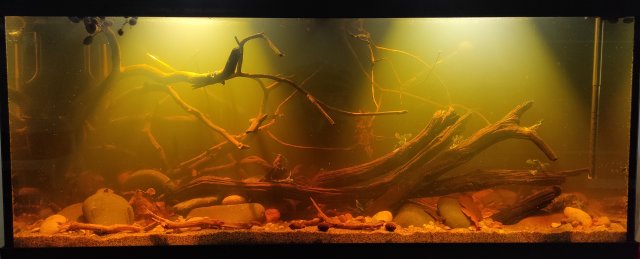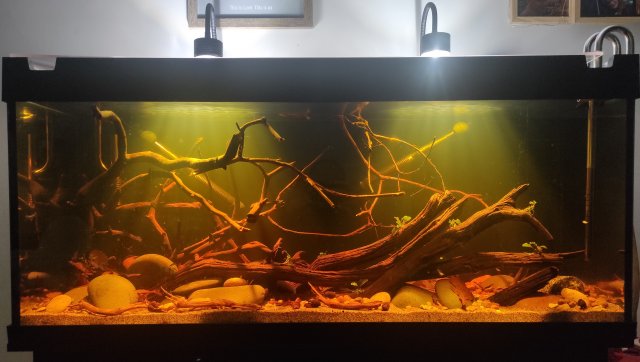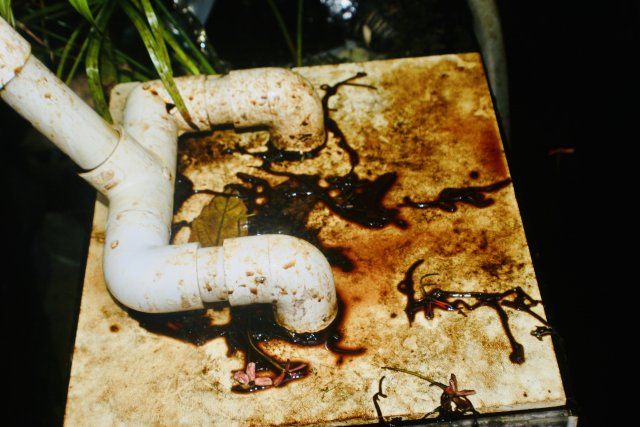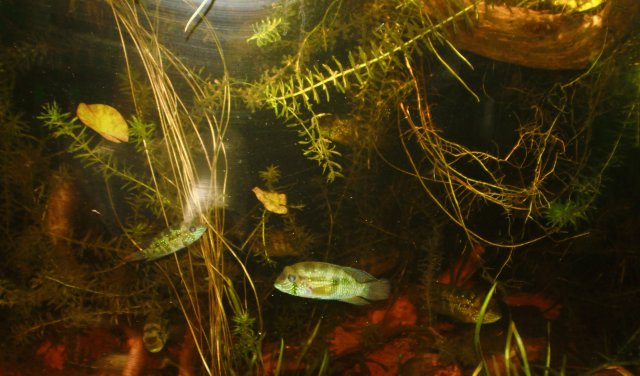I've just set up my first cichlid tank, it will be home to a group of meeki and swordtails. I'm using lots of botanicals, leaf litter and wood in the tank and of course this means lots of tannins, which is fine with me as I've always fancied a black water tank and I love the stained water look.
It might be a stupid question but what I'd like to know is do central american cichlids specifically T. meeki naturally inhabit black water type rivers and pools, does central american have black water rivers? I've found plenty of videos of meeki in waters where the bottom is covered in leaf litter, wood, algae and mud but considering this the water always looks surprisingly clear. Perhaps it's the camera making it look clearer than it is but living in sunny old England and having never left Europe I have no personal experience to go on
It might be a stupid question but what I'd like to know is do central american cichlids specifically T. meeki naturally inhabit black water type rivers and pools, does central american have black water rivers? I've found plenty of videos of meeki in waters where the bottom is covered in leaf litter, wood, algae and mud but considering this the water always looks surprisingly clear. Perhaps it's the camera making it look clearer than it is but living in sunny old England and having never left Europe I have no personal experience to go on






